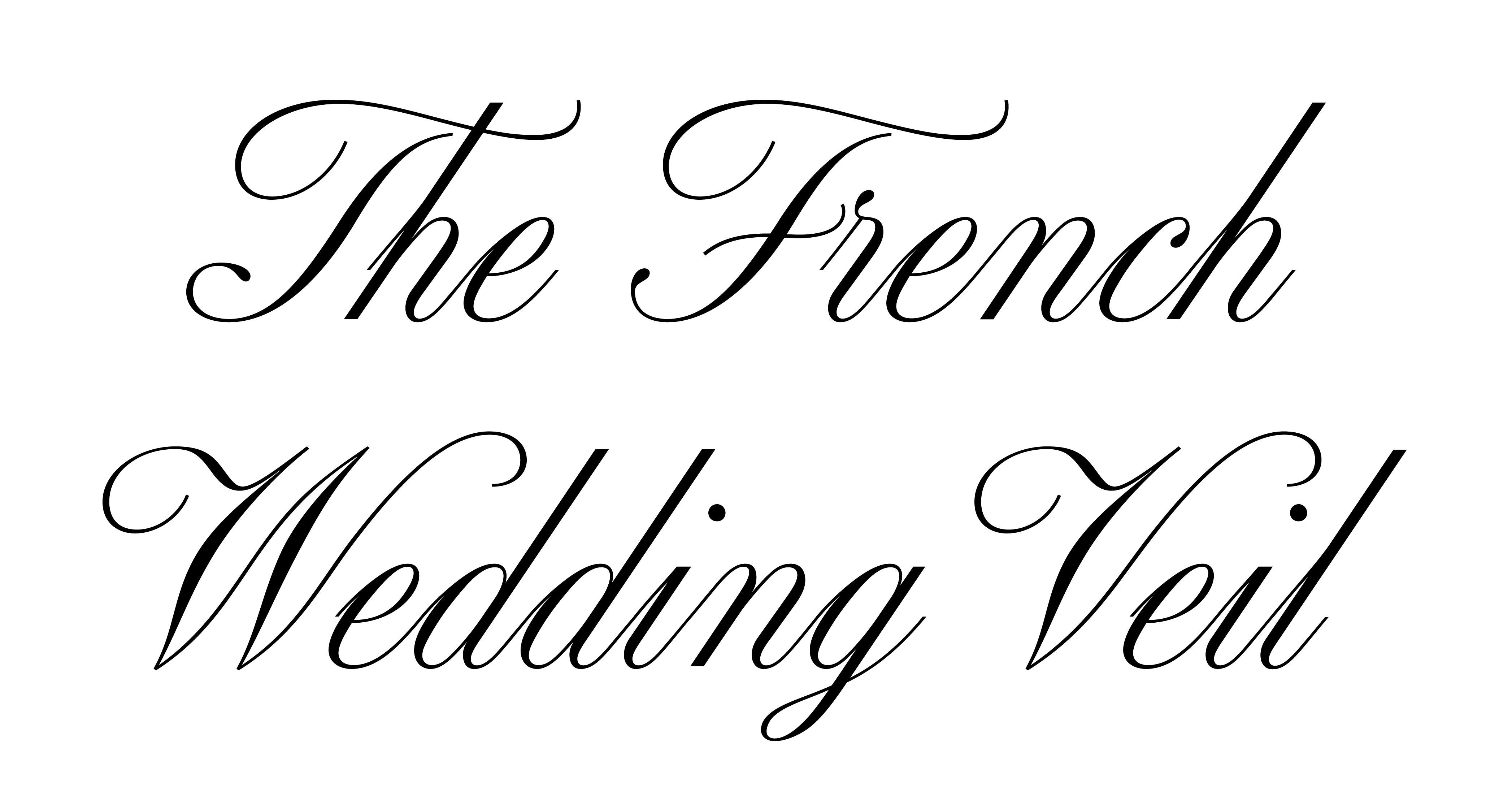Christian Veils and Catholic Veils: The Meaning Behind this Tradition of Grace and Devotion and How to Wear Them
Veiling in Christianity is a sacred tradition rooted in centuries of worship, especially among Catholic and Orthodox Christians. Known as chapel veils, mantillas, or simply Christian veils, these head coverings are outward signs of inner devotion. In Catholic tradition, the Christian veil reflects reverence, humility, and recognition of Christ’s Real Presence in the Eucharist. Though once common, Christian veiling is now being rediscovered by women seeking deeper meaning in their faith.
Whether you're exploring what a Christian veil is or already wear one, the message is the same: love, honor, and submission to God. Wearing a Christian prayer veil during Mass or Adoration is a beautiful act of visual devotion rooted in Christian tradition. Our Christian veil shop offers handcrafted veils that support your spiritual journey. From lace mantillas to modern infinity styles, we provide veils for women who embrace this timeless practice.
Why Do Catholics Wear Chapel Veils?
Chapel veils had been a part of Catholic identity for nearly 2,000 years. Women covered their heads in church as a sign of modesty, dignity, and respect for the sacred - especially in the presence of the Blessed Sacrament. While the tradition declined in the 20th century, many millennial Catholics today are embracing it once again.
We veil as a sign of humility before God, and we do it anytime we find ourselves inside a Catholic church, where the Blessed Sacrament is reserved in the tabernacle.
For many, putting on a chapel veil is an outward sign of an inward reality - a personal decision to surrender to God’s will and proclaim that He is the Lord of our lives.

What Is the Purpose of Catholic Veiling?
In early Catholic tradition, veiling reflected the spousal relationship between Christ and the Church. It also symbolized the sanctity and dignity of womanhood.
Over time, the veil’s meaning has evolved. Today, it is no longer seen as a symbol of subservience, but rather as a sign that what is veiled is sacred and worthy of reverence.
We veil things that are holy:
-
The altar and tabernacle, which house the Real Presence of Christ
-
The chalice, which contains the Precious Blood
-
And similarly, a woman’s head, which reflects the gift of life and love she carries
By veiling ourselves, we proclaim our sacred identity and affirm the dignity of being created in God’s image.

The Biblical Significance of Veiling
The practice of veiling finds strong support in Scripture. In 1 Corinthians 11:4–16, St. Paul encourages women to cover their heads while praying or prophesying:
"If a woman does not cover her head, she might as well have her hair cut off... but if it is a disgrace for a woman to have her hair cut or shaved off, she should cover her head."
(1 Corinthians 11:6)
This passage inspired the centuries-old tradition of veiling in Christian worship. For early Catholics, and for many today, veiling is a way to live out biblical reverence and modesty. It also influenced women’s attire throughout the Middle Ages and in Catholic cultures around the world.

When and Where to Wear a Chapel Veil
While many women begin veiling at their wedding, others wear veils during:
- Mass or adoration
- Confession, baptisms, or confirmations
- Holy Days, feast days, or pilgrimages
- Private prayer
Some women veil occasionally; others make it part of their daily practice. The decision is personal and prayerful.

What Women Say About Veiling
"Wearing a veil changed how I pray."
"It helps me focus."
"It reminds me that I’m in God’s presence."
These are just a few of the reflections shared by Catholic women embracing this tradition today. Women today veil for many reasons. Some say it helps them enter into deeper prayer. Others describe a feeling of "authentic femininity," inspired by the quiet strength and humility of the Blessed Virgin Mary. Many simply say they feel more focused and reverent when veiled, like removing a hat during a national anthem.

Choosing the Right Veil
When selecting a Catholic veil, consider the following:
- Length: Shoulder, elbow or chapel
- Material: Lace, tulle, or fine netting
- Color: White or ivory for everyday use
- Style: Scalloped lace mantillas, vintage-inspired cuts, or minimalist designs
Based in France, we offer both ready-to-ship and custom veils designed to reflect your spiritual journey and personal style.

How to Wear a Catholic Chapel Veil
Wearing a chapel veil begins with intentionality and care. Typically, the veil is draped over the crown of the head so it falls gently along the back or over the shoulders. The key is to place it so it feels secure but natural - never tight or distracting. Lightweight veils made of lace or tulle can be held in place using discreet bobby pins, small hair clips, or even a neutral-colored headband underneath. This helps ensure your veil remains comfortably in place throughout the Mass or prayer service without slipping or requiring adjustment.
When removing your chapel veil, it’s important to do so gently and respectfully. Lift it slowly from the back or sides to avoid tugging at your hair or snagging the fabric. Some women like to keep a dedicated pouch in their bag to store it between uses. Treating the veil with care reflects the reverence with which you approach this sacred tradition - mindful both of the physical material and the spiritual meaning behind it.

We're Here to Help
Ready to embrace this meaningful Catholic tradition? Explore our handcrafted veils, each designed to honor your faith and personal style. Whether you seek a traditional mantilla or a modern interpretation, find the veil that resonates with you. Shop our collection today and experience the grace and beauty of Catholic veiling.
Can't find exactly what you're looking for? We specialize in creating custom veils tailored to your unique vision. Our team is ready to help you design a piece that is both spiritually significant and perfectly suited to your needs. Contact us by email at contact@thefrenchweddingveil.com to discuss a personalized veil creation and let us bring your dream veil to life.

Shop the Traditional Christian Veil
Our most-loved Christian veil is a timeless design handcrafted in France using fine silk tulle and delicate lace. Inspired by the mantilla tradition, it’s light, reverent, and made to accompany you in prayer, Mass, or special sacraments. Whether you're new to veiling or seeking something meaningful for your spiritual journey, this piece honors beauty and devotion.
Worn by women around the world for its grace and comfort, this veil makes a beautiful gift for First Communion, Confirmation, or personal reflection. Each veil is hand-finished in our Paris studio with care and intention.

Catholic Veils for Brides
Catholic brides traditionally wear veils as they walk down the aisle - not just as a fashion statement, but as a continuation of the chapel veil tradition. It’s a way to honor God, acknowledge the sacredness of the marriage sacrament, and visually reflect the Church as the Bride of Christ.
Many brides choose chapel-length or cathedral-length veils trimmed in lace - some even resembling traditional mantillas - to capture both elegance and spiritual meaning.

FAQ About Christian Veils
Q: Why do Christians veil at Mass or during prayer?
The tradition of Christian veiling is rooted in Scripture (1 Corinthians 11), where women are called to cover their heads as a sign of reverence and humility. In Catholic belief, this becomes especially significant in the presence of the Blessed Sacrament. A Christian veil acts as a visible reminder of a woman's desire to honor God's presence and submit to His divine authority.
Q: Is veiling required in Christianity today?
While not mandatory in the modern Catholic Church, Christian women's veiling remains a meaningful act of piety. Many women choose to veil during Mass, personal prayer, or spiritual retreats. This ancient tradition, once common in all of Christianity, is now a personal devotion rather than a legal obligation.
Q: What's the difference between the Christian veil and the hijab?
The Christian veil vs hijab comparison highlights different theological frameworks. In Christianity, the veil is primarily a sign of liturgical reverence and nuptial imagery, representing the Church as the Bride of Christ. The hijab in Islam emphasizes modesty in public at all times. Both express devotion but stem from different religious contexts.
Q: Do Christians still wear face veils or full coverings?
Christian face veils are rare today, though historically, more comprehensive veiling existed in some Christian communities. Most modern Christian veils for women are lace mantillas, head scarves, or prayer shawls worn during worship.
Q: Why don't all Christians veil?
Why do Christians veil? The reasons vary - some veil for modesty, others as an act of sacred tradition. However, Christian veiling is not universally practiced today, particularly in Protestant denominations where the emphasis on tradition may differ. Among Catholics, it's a personal choice rather than a requirement.
Q: Is veiling vain?
Wearing a beautiful Christian veil - even one with elegant lace - is not vanity when done for the glory of God. Like preparing your heart and body to meet a King, veiling with intention can be a powerful spiritual act.
Q: What kinds of Christian veils are there?
We offer many types of Christian veils, including lace mantillas, infinity scarf veils, black or white veils for liturgical use, and Christian wedding veils. You can also find more minimalist options if you’re just starting your journey into Christian veiling.
Q: Can girls wear veils too?
Yes. Veiling can begin at any age. Many girls begin after First Communion, and some mothers choose to use Christian veils for infants during baptism or special Masses.
Q: Where can I buy a Christian veil?
Right here. Based in France, our Christian veiling shop offers handcrafted veils made with reverence and beauty. Whether you're seeking a black Christian veil, a white lace Christian wedding veil, or a simple starter veil, we’d be honored to serve you.
Q: Do I have to wear a veil at Mass?
No, veiling is entirely optional. It is a personal devotion that many women find spiritually enriching, but it is not required by Church law.
Q: Is veiling only for married women?
Not at all. Unmarried women and girls can also wear veils. Some choose white or light-colored veils for single women and black or darker tones for married women, but this is not a strict rule.
Q: What’s the difference between a chapel veil and a mantilla?
"Mantilla" typically refers to a circular or oval lace veil that drapes over the head and shoulders. "Chapel veil" is a broader term encompassing all types of veils worn in church, including mantillas.

